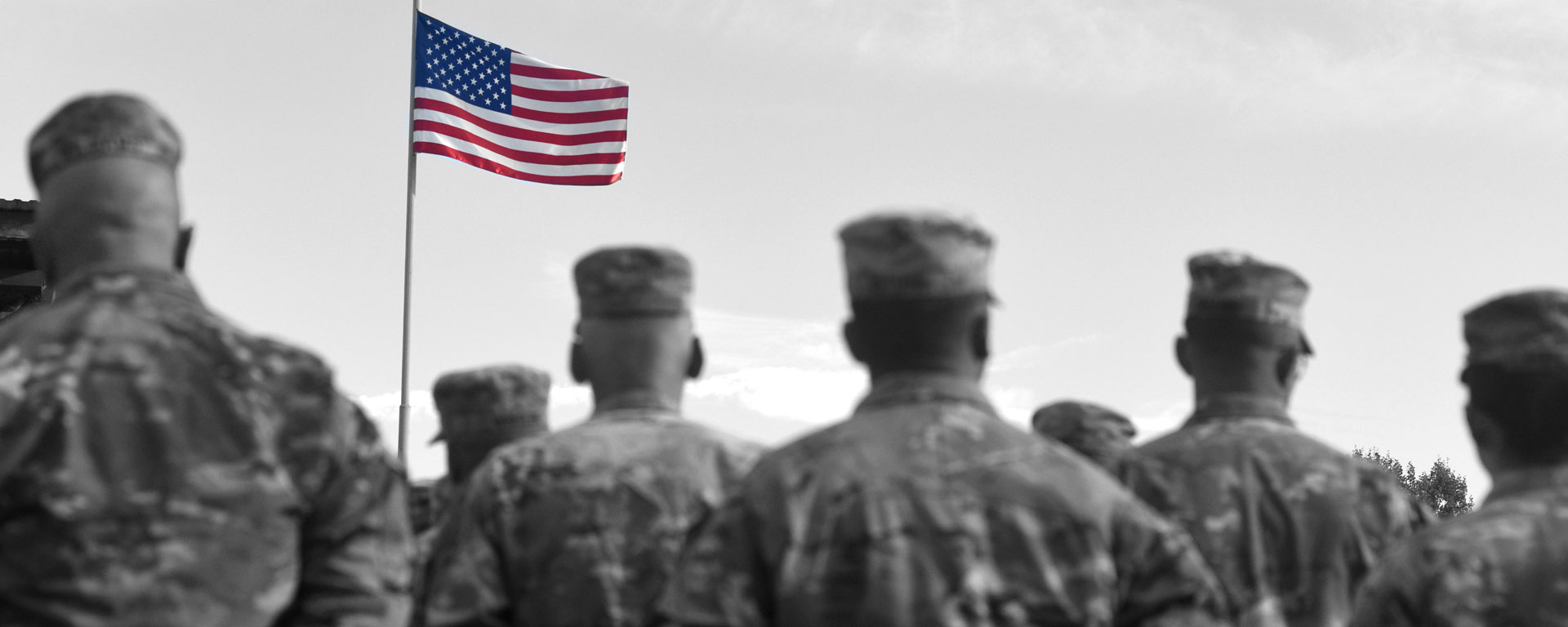
A Fun Veterans Day History Lesson For Military Families
Veterans Day has its roots in World War I. Initially known as Armistice Day, it celebrated the signing of the peace agreement that effectively ended World War I in 1918 on November 11th at 11 o’clock in the morning. It wasn’t until 1938, however, that Armistice Day became a federal holiday. In 1954—after World War II and the Korean War—Congress voted to change the name to Veterans Day to honor all of our nation’s veterans.
This holiday has special resonance for the military community. Unlike Memorial Day—a special observance set aside for those who made the ultimate sacrifice in service to the nation—Veterans Day is an inclusive celebration of all who served.
Armed Forces Insurance (AFI) recognizes the unique challenges that can accompany military service, and shares the pride that service members and their families feel. That’s why we offer insurance coverage and products specially-tailored to the needs of the military community.
Like many holidays and national observances, Veterans Day has its own symbols and traditions. Knowing the history and significance of a couple of them will help make this holiday more meaningful for you and your family.
Poppies
Around Veterans Day and Memorial Day, you may notice veterans’ groups selling poppies outside grocery stores, or see people sporting them on their lapels.
How did these iconic red flowers become associated with honoring military service?
This sturdy, resilient flower is known for its persistence in difficult conditions. Many fields were destroyed and scarred by the vicious fighting of World War I. A Canadian officer serving as a brigade surgeon, Lieutenant Colonel John McCrae, noticed poppies growing in a field after a battle. McCrae captured his awe at this sight with his poem, “In Flanders Fields.” The poem—which begins, “In Flanders fields the poppies blow/Between the crosses, row on row’—grew in popularity.
Accordingly, over the years the poppy became a widely-recognized symbol of remembering the war dead and the service of all those who fought.
Yellow Ribbons
Yellow ribbons are a familiar sight at homecomings, unit departure ceremonies, and the homes of military families. But how did they become associated with service?
According to the Library of Congress American Folklife Center, the yellow ribbon is a continually-evolving symbol. You may have heard the song, “She Wore a Yellow Ribbon,” which predates the Civil War and service members still use as a cadence today. However, the only really definitive link between the song and the military is the John Wayne movie, “She Wore a Yellow Ribbon.”
For a while, the idea of ribbons and family reunions was linked to a legend about a prisoner returning home. A prisoner had instructed his family to tie a white ribbon on a tree to let him know if he was welcome home. As his train approached the tree in question, he found the whole tree covered in white ribbons.
During the 1979 Iranian Hostage Crisis, yellow ribbons and family reunions took on new meaning. Penne Laingen, the wife of one of the hostages, Bruce Laingen, was interviewed for a Washington Post piece during the crisis. She had tied a yellow ribbon around a tree in their yard that she asserted Bruce would one day untie himself upon his return.
It was during the Persian Gulf War in 1991 that the yellow ribbon began to be specifically linked to military deployments.
AFI Thanks Our Veterans and Their Families
AFI’s special mission to support military families makes us especially grateful to the veteran community and their families. We recognize the sacrifice, courage, and commitment that characterizes veterans, and it is our honor to continue to serve them long after they take off the uniform. It’s why we’re proud to offer AFI products to active duty, retired, and honorably-discharged veterans, and their families.